The text-archaeology correlation in respect of the Harappan Civilization shows that the Harappans and the people of the Rgveda were part of the same multi-ethnic, multilingual, multicultural geographical and chronological space; that a prolonged phase of geo-climatic devastations ravaging the Vedic Harappan subcontinent triggered an Ideology of nature worship in which prayers could be recited only in the Vedic dialect which, in-turn, put the Vedic-speaking community on a high moral pedestal. The increasing number of clients hiring Vedic-speaking chantsmen inflated the ranks of the priesthood with attendant jealousy and infighting, which was further aggravated with the introduction of the Soma oblation.
This book tries to identify the Soma plant on the basis of available literary and archaeological evidence as well as trace a hydrographic history of the river Saraswati between the fourth and the second millennium BC. It also examines the sanctification of the river as the greatest goddess (Devitame), the greatest river (Naditame), and the greatest mother (Ambitame). The final segment of the book explores the archaeo-textual possibilities and limitations of a faunal reconstruction in the Vedic-Harappan subcontinent.

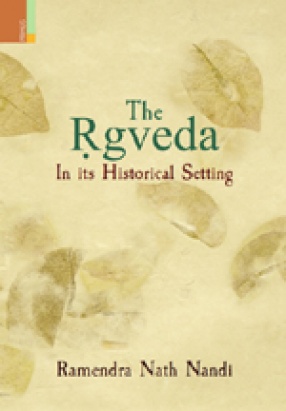
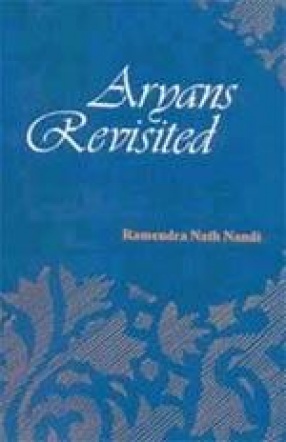
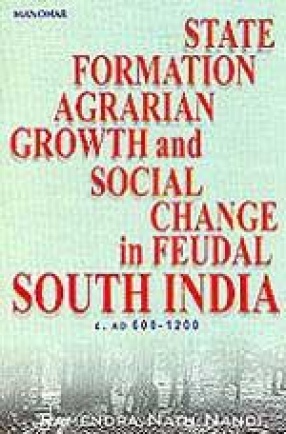
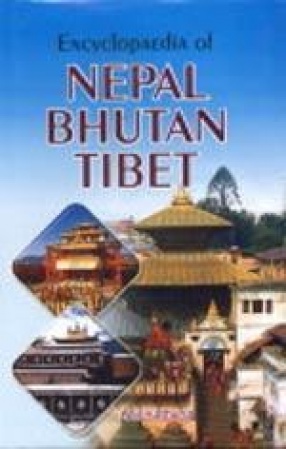
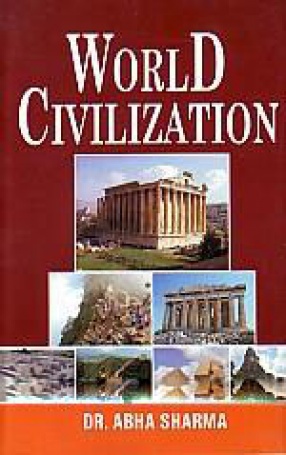

There are no reviews yet.